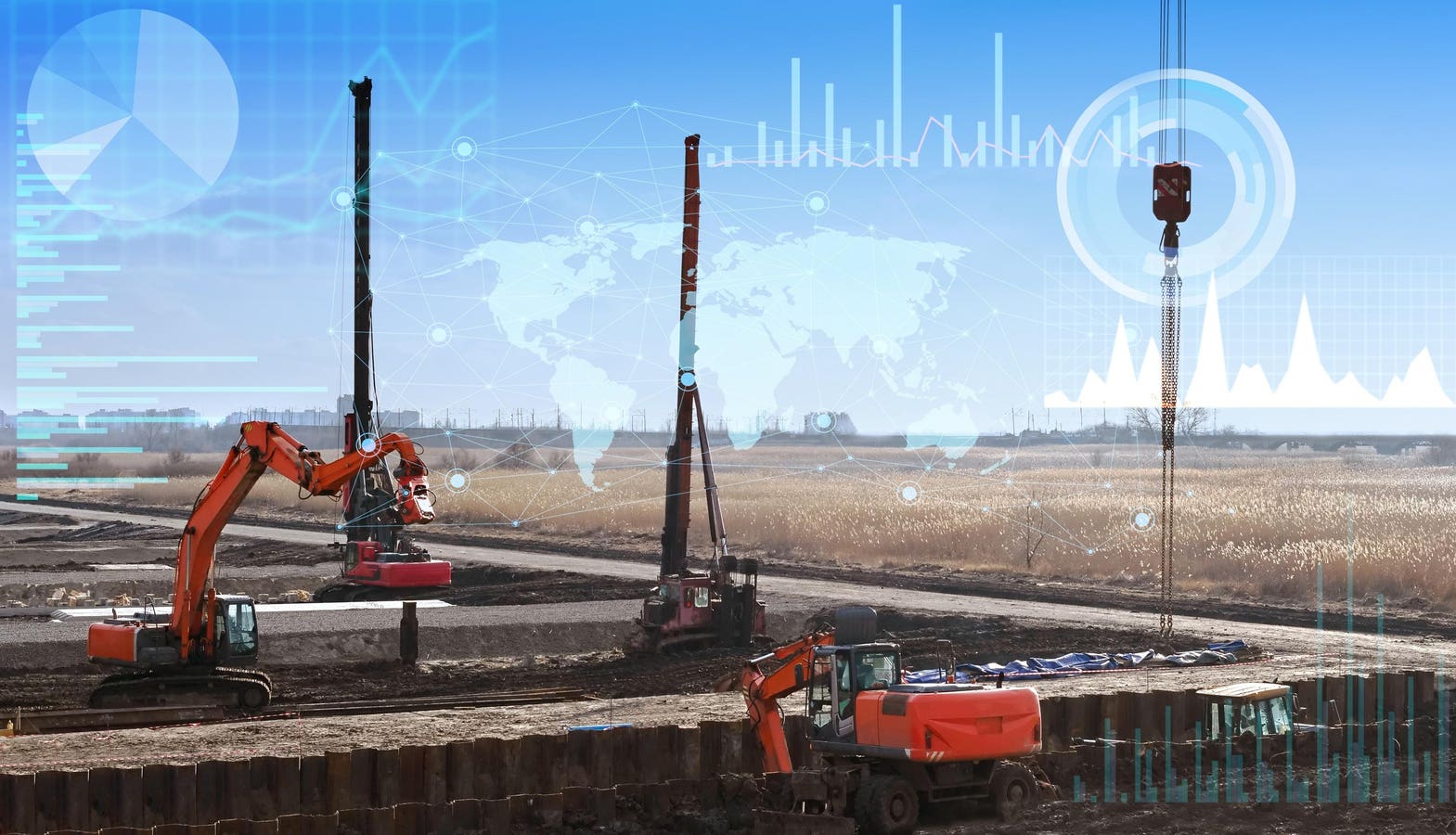AI is making its impact felt in the physical world
Cement doesn’t usually come up in conversations about cutting-edge AI. But that might be changing. A research team at Switzerland’s Paul Scherrer Institute (PSI) has created a new AI framework that can generate low-CO₂ cement formulations in seconds. Their goal isn’t just to optimize for sustainability. It’s to rethink how construction materials are developed in the first place.
Engineering Smarter Cement With AI and Chemistry
In a new study released this week, researchers at PSI didn’t just plug in generic AI tools. They built a custom system tailored for cement.
Rather than adapting a generic AI model, the PSI team built a specialized system from the ground up. It starts with their own simulation software, which models how various cement ingredients react during the hardening process. That information is then used to train a neural network that predicts how strong different mixtures will be, based solely on their composition.
This compresses what would usually take weeks or months of lab work into just milliseconds.
“This allows us to simulate and optimise cement formulations so that they emit significantly less CO₂ while maintaining the same high level of mechanical performance,” Romana Boiger, lead author of the study, explains.
The team also applied genetic algorithms, computational tools that mimic natural selection, to find mixes that best balance strength and emissions. The top-performing blends are then flagged for real-world testing.
What sets this apart is the integration of genetic algorithms, commonly used in AI optimization. These are applied to find a range of “best-fit” options where trade-offs between performance and sustainability are balanced. From there, top candidates can be selected for experimental validation.
Cement Is an Unlikely But Ideal Test Bed for AI
You might not expect it, but cement is one of the world’s biggest climate problems. It’s responsible for about 8% of global carbon dioxide emissions, largely due to the chemical process used to produce clinker, a key ingredient. Despite decades of improvements, the underlying chemistry hasn’t changed much.
That’s why PSI’s method stands out. Instead of altering the process or adding carbon capture systems, the team re-engineers the formula itself. The result? Cement that’s just as strong, but far less carbon-intensive.
Implications for the Today’s Cement Built Environment
So far, the data is promising. Some of the most effective mixes identified by PSI’s AI match today’s performance standards but emit up to 50% less CO₂. That kind of efficiency could have a huge impact, especially as global cement demand continues to rise.
Nikolaos Prasianakis, head of PSI’s Transport Mechanisms Research Group and co-author of the study, puts it this way: “The range of possibilities for the material composition – which ultimately determines the final properties – is extraordinarily vast. Our method allows us to significantly accelerate the development cycle by selecting promising candidates for further experimental investigation.”
These gains could scale quickly. With global per capita cement use averaging about 1.5 kilograms a day, even modest efficiency gains would lead to major emissions cuts.
John Provis, who leads PSI’s Cement Systems Research Group, highlights just how big the opportunity is.
“To put it bluntly, humanity today consumes more cement than food – around one and a half kilograms per person per day,” he explains. “If we could improve the emissions profile by just a few percent, this would correspond to a carbon dioxide reduction equivalent to thousands or even tens of thousands of cars.”
The Bigger AI Movement in Materials Science
PSI isn’t alone in applying AI to cement. At the University of Illinois Urbana-Champaign, researchers partnered with Meta and concrete supplier Ozinga to develop AI-optimized concrete that cut carbon by 40%. MIT has trained models to scan research papers and databases to identify novel, low-emission materials.
But PSI’s approach stands out for one reason: it doesn’t rely on past data alone. Instead, it combines deep chemical simulations with machine learning, creating a model that can adapt to regional raw materials and different production scenarios—without having to test every possibility by hand.
Challenges and Commercialization
Of course, a promising model isn’t enough. These cement mixes still need to prove themselves under real-world conditions, such as curing, durability, supply chain fit, and compliance with global standards like EN 197-1.
“This is just the beginning,” he says. “The time savings offered by such a general workflow are enormous – making it a very promising approach for all sorts of material and system designs.”
The team is already looking to expand the model to account for real-world constraints, such as regional resource availability, cost, and lifecycle performance. These are key steps if the AI is to become more than a research tool.
The Bigger Picture for AI’s Practical Use
What makes this effort compelling is that it delivers something tangible, not just predictions or insights, but real physical materials. A better cement mix might not sound as exciting as generative images or chatbots, but the implications are massive.
This might be the broader signal for AI’s next phase. It’s no longer confined to virtual outputs. Increasingly, it’s shaping the materials that make up the real world. And in this case, it’s rewriting the recipe for the very foundation we build on.









